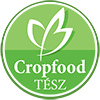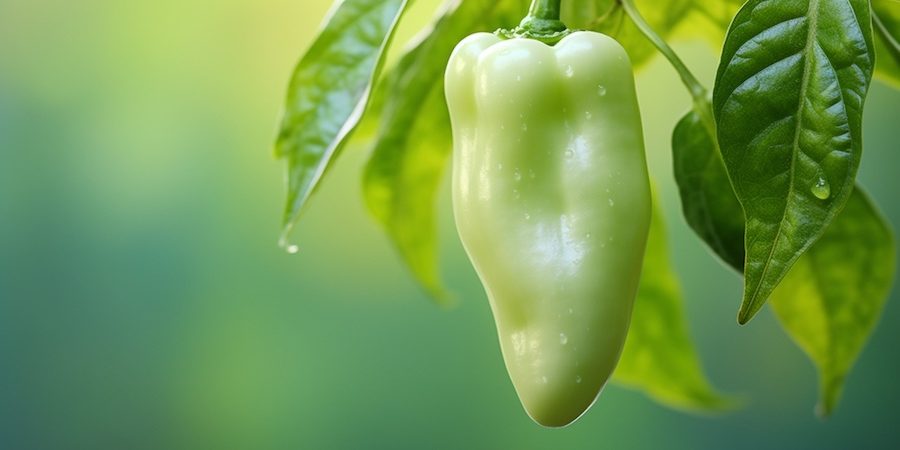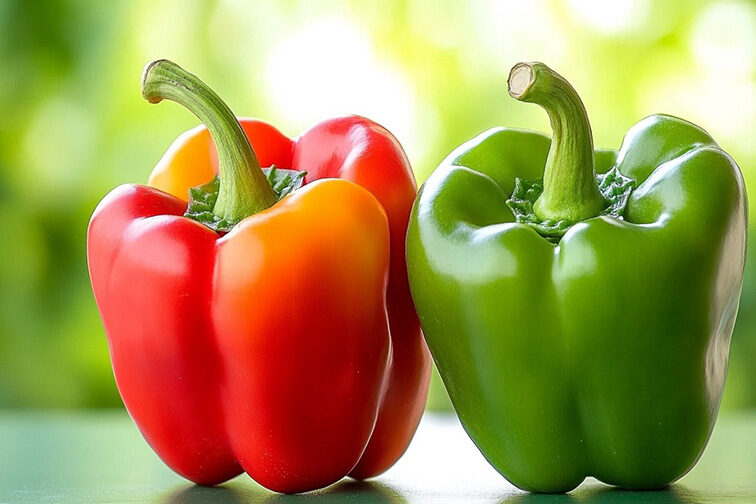With the support of our stable Hungarian producer base, this vegetable is always available in high quality in our wholesale assortment – ask us for an offer!
The hungarian pepper, better known as TV paprika, is one of Hungary’s favourite and traditional vegetables. The name “TV” comes from the abbreviation of the hungarian words “tölteni való”, which means “to stuff”, referring to its most common use.
Originally from Central and South America, the pepper was introduced to Europe by Christopher Columbus in the late 15th century and reached Hungary in the 16th and 17th centuries. Since then, it has become an almost indispensable part of Hungarian gastronomy, especially because of our famous dish, stuffed paprika.
It is also a vegetable of outstanding health value, rich in vitamin C, which helps strengthen the immune system. It also contains B vitamins, folic acid, potassium, magnesium and fibre, which contribute to a balanced diet.
In Europe it is grown in large quantities mainly in Central and Eastern Europe, especially in Hungary, Slovakia, Romania and Bulgaria. It is an economically important crop and is one of the most important vegetable crops in Hungary.
Specificities of its production
The main season for growing TV peppers runs from May to the end of September, but in greenhouse conditions they can be on the market as early as April. Hungary’s ideal climate makes it ideal for both field and greenhouse cultivation.
In Europe, besides Hungary, Spain, Bulgaria and Romania are also important producers of paprika, although the Hungarian grown TV paprika is a special and popular pepper in terms of taste and shape. Hungarian produce is usually available on Hungarian shelves from May to the end of October, while in the colder months of the year it is mostly imported, mainly from Spain and the Netherlands.
How to choose good quality TV peppers?
When shopping, look out for the following quality aspects:
- The colour of the pepper should be bright, bright, light green or slightly yellowish.
- The skin should be firm, smooth and free of wrinkles.
- Peppers should be firm to the touch, crunchy, avoid soft, wilted or with dark spots.
- The stem should be fresh and green, not dried or brownish.
How do we use it in the kitchen?
One of the best-known uses of TV paprika is stuffed paprika, a classic Hungarian dish made from minced meat and rice. But it can also be used in many other dishes:
- Sliced in fresh salads.
- For flavouring stews and stews.
- For making soups such as lecsó and cream of pepper soup.
- Sliced, it is also excellent for sandwiches and cold dishes.
How to store TV peppers?
After purchase, if not used immediately, store the peppers in the refrigerator in the vegetable crisper. This will keep them fresh for 4-7 days. It is important not to wash them in advance, as moisture will cause them to spoil more quickly. For longer storage, they can be frozen, but it is recommended to core and slice them first, to make them easier to use later.
Interesting facts about peppers to fill
- Although paprika is a well-known Hungarian symbol, it originated in the tropical regions of America.
- The Hungarian TV paprika has become world famous, partly due to the international recognition of Hungarian dishes such as stuffed paprika and lecsó.
- The vitamin C content of peppers can be several times that of citrus fruits.
- Not all stuffing peppers are strong, classic TV peppers have a sweet, pleasant flavour.
Kitchen tips for using TV peppers
- When preparing stuffed peppers, rather than boiling them, lightly roast the peppers before adding the stuffing, which will make the dish more flavoursome.
- Cut into slices and grilled with a little olive oil and garlic, it’s light and makes an excellent summer side dish.
- If you use the peppers for lecsó, choose the more mature, yellowish pieces, as they are more succulent.
- If you want to preserve freshness, it is best to store it in a nylon bag in the fridge, ventilated.




